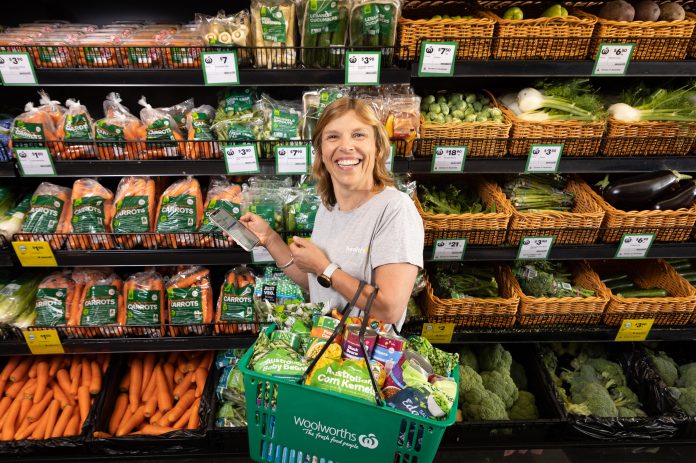Children born in the decade from 2023 are predicted to have a lower life expectancy than their parents, due partly to an unhealthy diet. According to the latest Living Healthy Report, too few Australian children are eating the daily recommended serves for any of the core food groups. This has not changed in the past four years.
“This data is concerning for the health of our children and families, as an unhealthy diet is a major contributor to the burden of disease,” says Simone Austin, Practising Dietitian and Chief Health Officer at Healthylife. “The trend needs to change, with healthier food available at home.”
The Living Healthy Report 2024 focuses on children’s health, exploring how are our children faring, what is influencing their health, and what can we do to protect their future wellbeing.
Produced by Healthylife’s Advisory Board, a part of Woolworths Group, the report combines key statistics with unique Woolworths Group data, grouped into ‘pillars’: Eat Healthy, Move & Sleep Healthy, Feel Healthy and Stay Healthy.
Food: a low cost boost to health
According to the report:
- only 1 in 10 children aged 2-14 meet the recommendation for vegetable serves.
- 27% of children aged 5-14 have higher than expected body weight.
- 41% of children aged 2-17 drink sugar-sweetened drinks at least once weekly (with the average being ~2.4 cups, or one 600ml bottle).
- only 3% of the purchased meat and alternatives food group serves are from legumes.
In 2023, the report found 58% of Australians believed eating healthy food is expensive. Contrary to this belief, this year’s report showed it is 7% cheaper to purchase a healthy food shop than the average Australian shop.
“Looking across the total food spend for at-home eating, our data shows the average Australian household spends $233.63 per week but does not meet the Australian Dietary Guidelines,” says the report. “If Australian households aligned their shopping with the Dietary Guidelines, they would spend $216.05 per week”
Calculated using Woolworths average per-serve pricing, the report shows there is potential for further savings if seasonal produce is favoured, brands are varied and some lower-cost items from the same food group are swapped, eg legumes replace some meat.
Encouraging healthy living
Since last year’s report, Healthylife has been focused on making health more accessible by connecting customers to doctors via telehealth, increasing its range of quality health products, expanding the reach of same-day health solutions by working with Healthylife pharmacy and also extending the reach of its world first Food Tracker tool – which simplifies food, a major contributor to health outcomes.
Healthylife aims to have 1 million Australians using the Food Tracker tool and engaging with its free online Health Programs by December 2024.
Currently, 344,000 people have signed up to Food Tracker by Healthylife (up from 180,000), whilst 130,000 have completed the health program.



